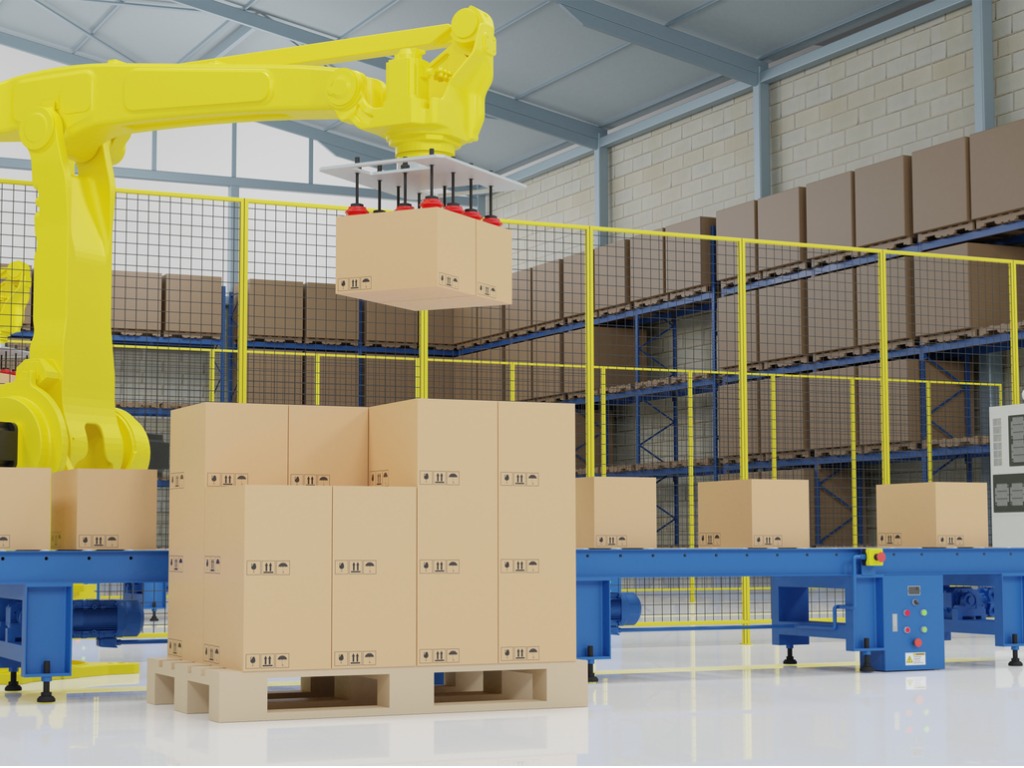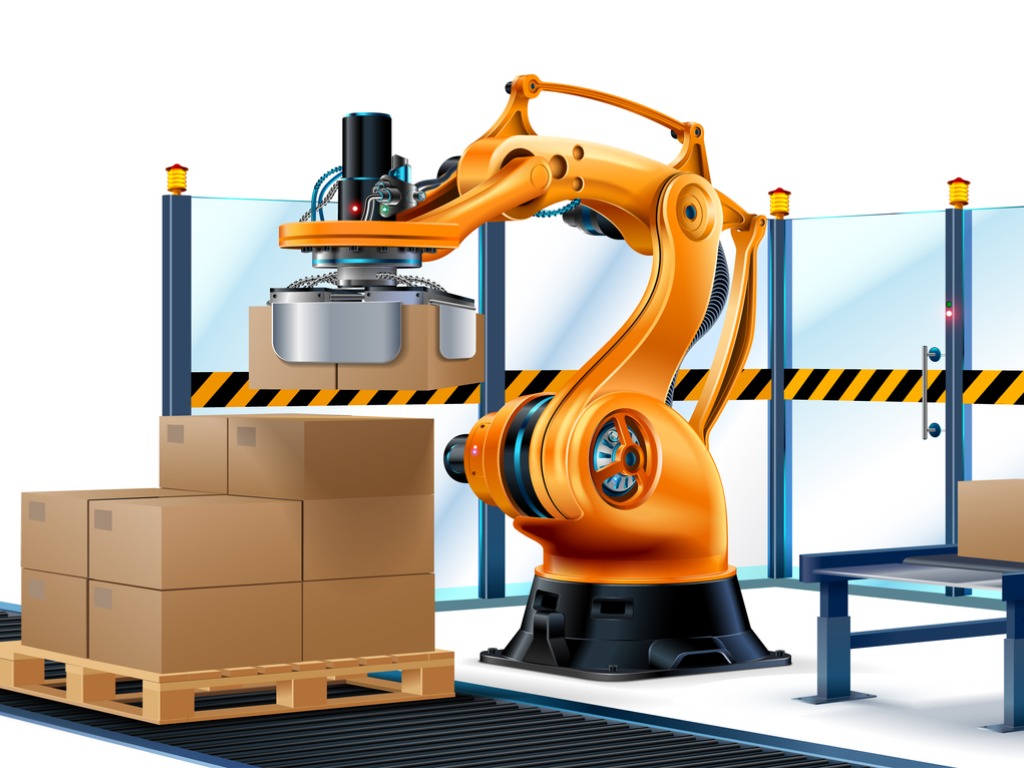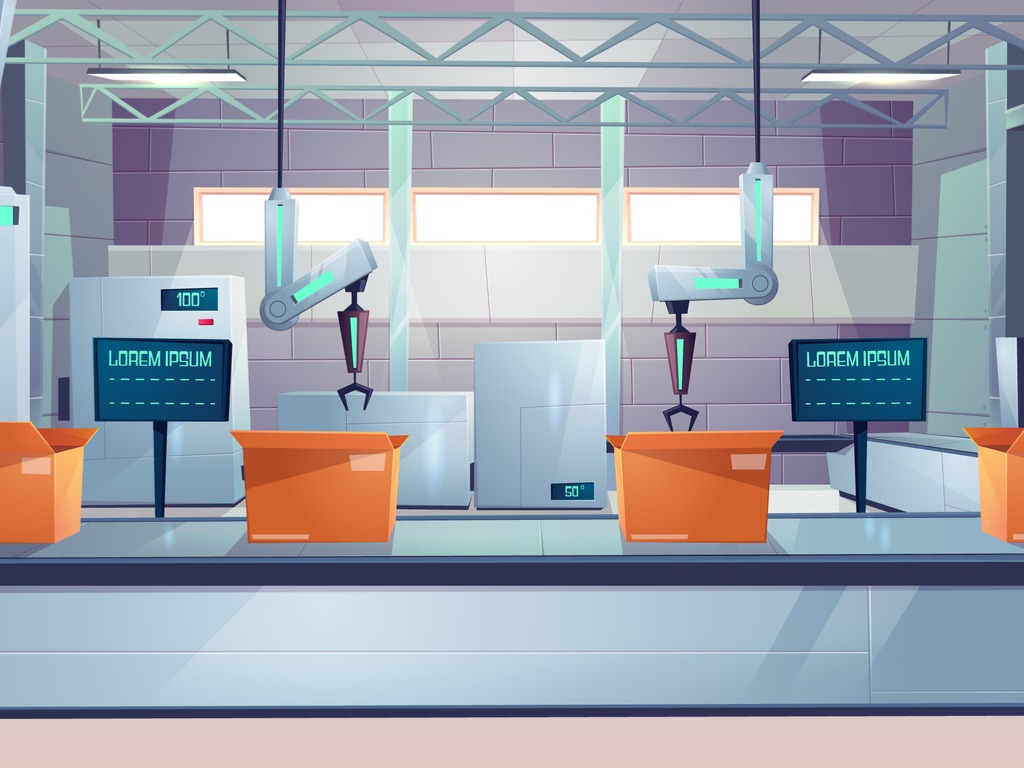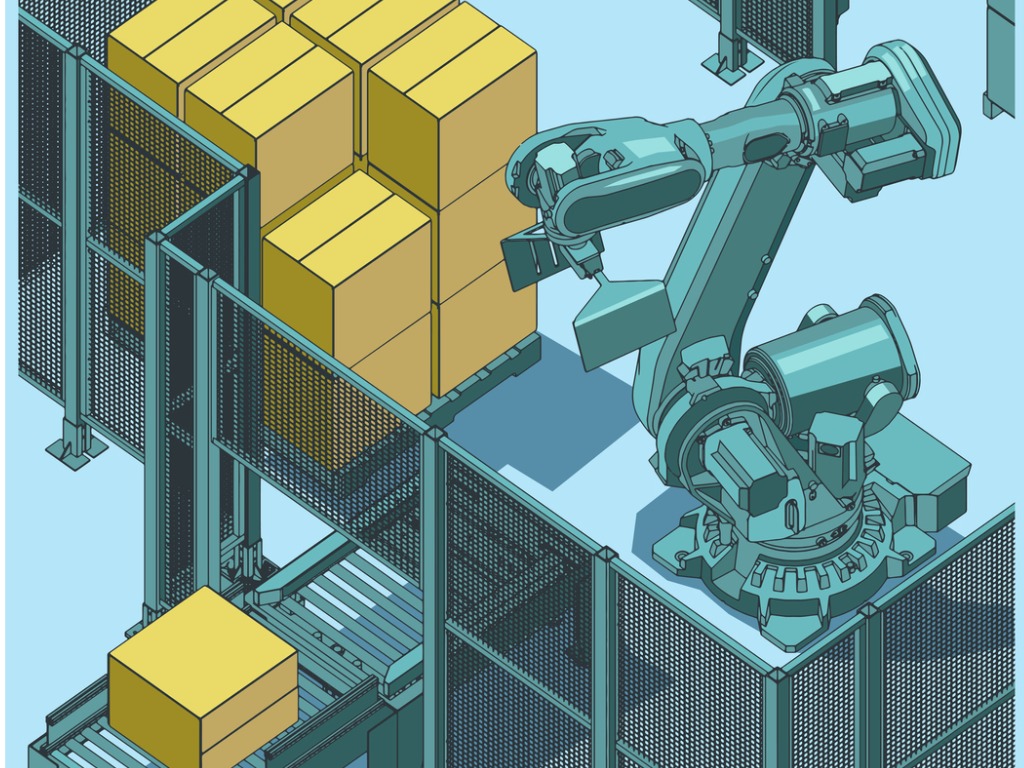
Meet our Expert Partner
Jay Dugat is a highly experienced leader in robotics. As founder and president of Robotica Inc., he is an expert in all aspects of robotic depalletization and related technologies such as automated decant and depack for e-commerce fulfillment.
Dugat has designed robotic solutions for high-demand applications where none previously existed for more than 40 years. He worked in R&D at General Dynamics and Boeing; and before founding Robotica, he brought new robotic products to market for FANUC and Toshiba. Dugat earned his B.S. in engineering from Texas A & M University.
The three Ds: depal, decant, and depack
By OSARO Staff | OSARO Ask an Expert series
Depalletization and the package handling processes related to it are ripe for automation in the modern warehouse. That is where the greatest amount of human labor is expended and at the highest intensity and risk for injury. Automation expert Jay Dugat, who is part of OSARO’s ecosystem of industry expertise, explains why depalletization is the most important application for fulfillment operators to consider.
What is the difference between robotic palletizing and depalletizing?
Dugat: Palletizing usually starts with uniform or known package dimensions and stacking patterns. Cases are presented to the robot in a preset location on a conveyor. Stacks are built with freshly packed cases in defined patterns.
Depalletizing is more complicated. Pallets arrive loaded with any number of patterns or package types of various heights. They may be skewed or leaning due to shifting in the pallet load or changes in box dimensions during shipping and handling.
Depalletizing of homogenous pallets can be accomplished by layer-picking – unloading complete layers of grouped cases, or single cases from known patterns. Rudimentary height sensors are usually all that is required. Pallets must be loaded accurately and without partial layers.
The challenge of mixed cases
But not all pallets are created equal. Mixed cases pose a particular challenge. If pallet load patterns are not consistent, have partial layers, or have unknown orientation, 3D vision is required. An advanced, machine learning vision system, such as OSARO’s AI-driven SightWorks™, must distinguish individual cases and corresponding heights on the pallet load.
A magnitude higher complexity occurs when pallets are stacked with multiple packages or case sizes. These mixed-case pallets are without layers and have a mixture of varying case heights, lengths, and widths. The 3D vision must resolve individual cases and determine which cases are on top and should be picked first. The vision software must determine the case angle and the end-of-arm-tooling (EOAT) pick position to avoid interfering with adjacent cases.
What are the advantages of robotic vs manual depalletization?
Dugat: There are four:
1. Depalletizing automation eliminates a manual process subject to injury and fatigue.
Manual depalletizing involves lifting and twisting that is known to cause injuries. Case weights can easily hit 30 or 40 lbs. Labor intensity is high, causing fatigue. The need for frequent rest breaks hinders product flow in the warehouse.
2. Robotics eliminates undesirable job operations, which supports higher worker satisfaction and retention.
As a highly undesirable job, worker availability for manual depalletizing is shrinking, especially in hard-to-fill late shifts and weekends.
3. Depalletizing automation generates repeatable and consistent product flow in the warehouse.
It eliminates gaps in productivity caused by worker shortages, breaks, and injuries. Downstream processes and automation run without interruption, yielding higher overall productivity in box opening and order-picking operations.
4. Robotic depalletizing takes less space than manual operations.
That makes it suitable for increasingly prevalent micro fulfillment centers being developed closer to customers in regional centers, retail outlets, and grocery stores.
Why are mixed SKU pallets difficult to unload?
Dugat: No two mixed SKU (Stock Keeping Unit) pallets are alike. Every pallet is unique, requiring each package or box to be located and distinguished from the surrounding packages. Large and small cases and packages stack poorly when mixed. Cases can be at angles as much as 35 degrees or more. Stacks can topple if the cases are removed in the wrong order.
The number of objects to be recognized can be huge. SKU count could be in the thousands. Brand graphics on cases can also challenge the best robotic vision systems.
How long does it take to reprogram a depalletizing robot for a new series of product types?
Dugat: Depending on the technology used, this could happen automatically or require hours.
What warehouse functions benefit most from robotic depal?
Dugat: Robotic depalletizing benefits four key operations within the warehouse: case distribution, “break-pack,” B to C order fulfillment, and repack.
Case distribution
In retail store distribution, pallets are broken down at the warehouse, and case quantities are moved out.
Break pack and B to C fulfillment
These functions handle the contents of cases at the item level, which requires decanting and movement of product to goods-to-person (GTP) stations.
Repack
Repackaging is an operation usually seen in the snack food and beverage industry, where case contents are removed and repacked in combination with other flavors.
What are decant and depack?
Dugat: Decanting is opening cases of inventory and transferring the contents into uniform containers or totes. The uniform tote is a byproduct of goods-to-person automation. Totes are used for storing and transporting items in both GTP and goods-to-robot (GTR) systems.
Most everything that goes into GTP and GTR systems first arrives on uniform and mixed pallets. Cases are picked from a pallet load and fed into a box opener for the decanting process. Box opening is automated with decanting technology such as Robotica’s Automated Box Opening Technology (ABOT®) system. A 3D vision depalletizer, like the OSARO Robotic Depalletization System, can pick from a mixed or uniform pallet and load the case directly to the ABOT.
After the box is opened, contents can be unpacked in another robotic tool, such as Robotica’s DePack™ system, which removes the cut top and transfers contents to a donor tote.
Why are depal, decant, and depack important to warehouse management?
Dugat: These “three Ds” require the highest number of workers in a warehouse with GTP stations while the depalletizing portion has the highest labor intensity and the possibility of injury. Automating depalletization is paramount to any decant and depack automation project. The addition of robotics across these three functions increases productivity, lowers risk, and reduces costs overall.
How do you determine if robotic depal is a good fit for your operation?
Dugat: Warehouses with GTP and GTR processes are good candidates for robotic depalletization. Goods-to-person systems already offer specific areas for depalletizing and decanting into storage totes. For more information about choosing a vendor, see OSARO depal solutions engineer Kazu Komoto’s recommendations.
What steps should an operator take before engaging with a robotics vendor?
Dugat: Know your operation metrics:
First, determine what case unloading rates per hour are required.
Second, calculate the number of FTE (full-time equivalent) positions required in your current depalletizing operation.
Third, are suitable space and utilities available?
How do you mitigate the high cost/risk of installing capital equipment?
Dugat: An equipment lease is the traditional method of deferring capital costs. The lease term over the depreciation cycle for industrial equipment is usually five years.
Five years is an eternity in the world of e-commerce. Robot-as-a-Service (RaaS) is a newer trend offering more contract flexibility. System portability and fast installation are required to take advantage of RaaS benefits.
When does it make sense to stick with traditional methods of depal?
Dugat: Warehouse operators may consider staying with manual depalletizing when the cases are lightweight, there is no history of injuries, and depalletizing processes have less than three workers over all shifts.
OSARO is ready to help you navigate robotic depalletization for your warehouse.




